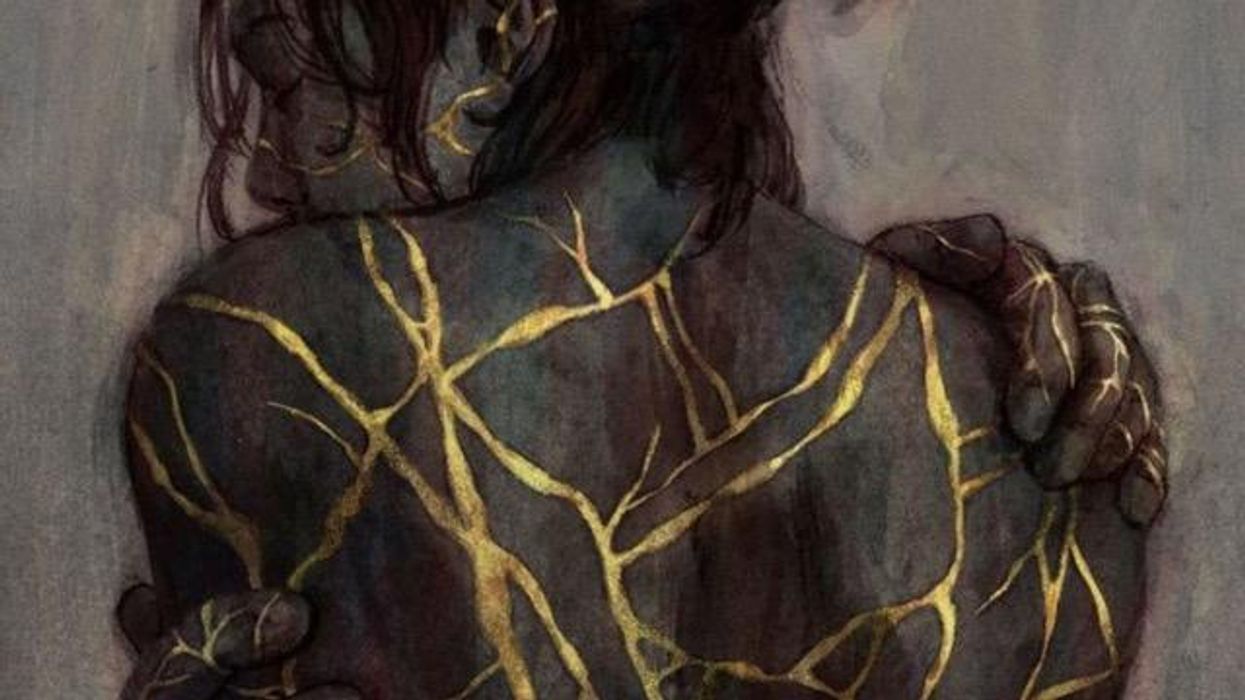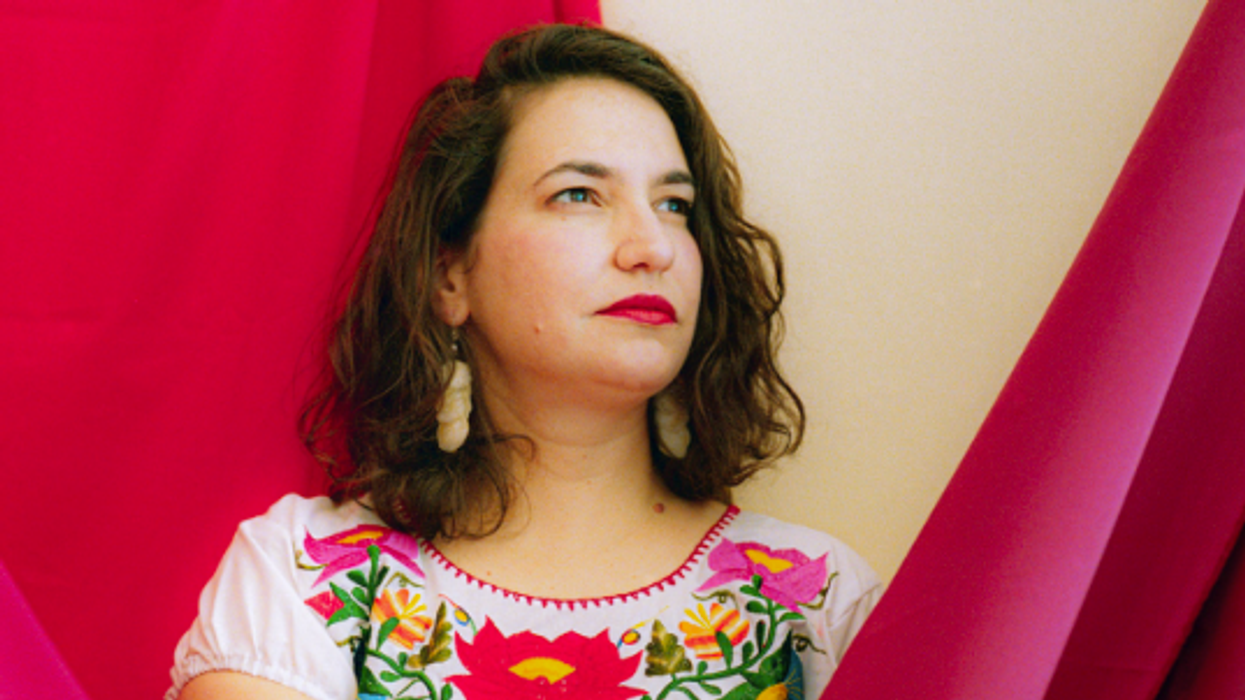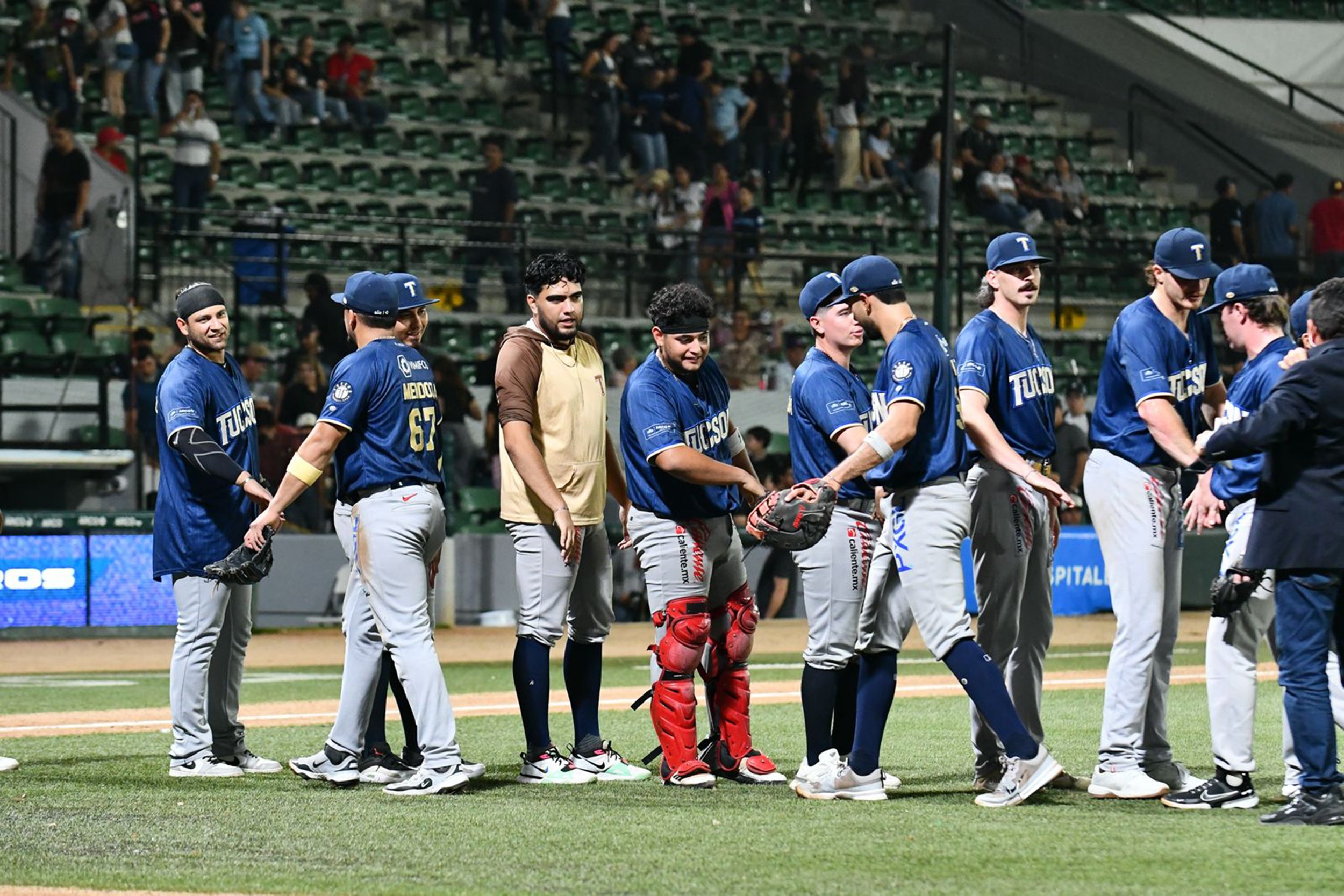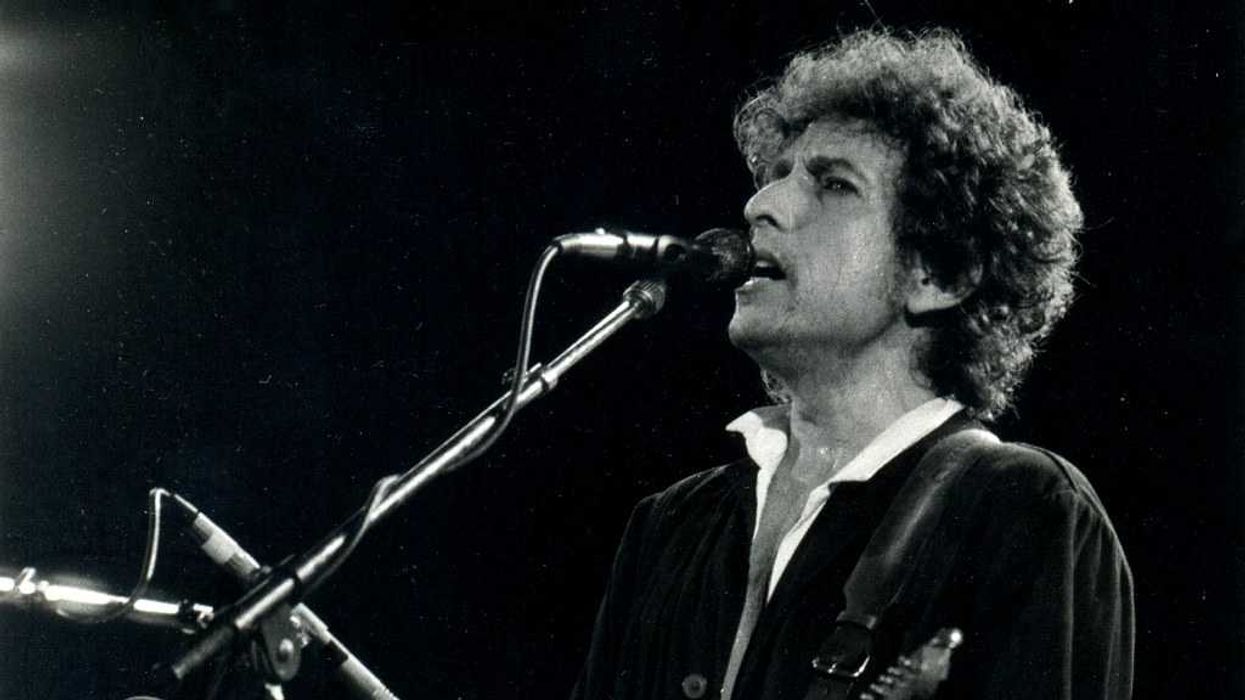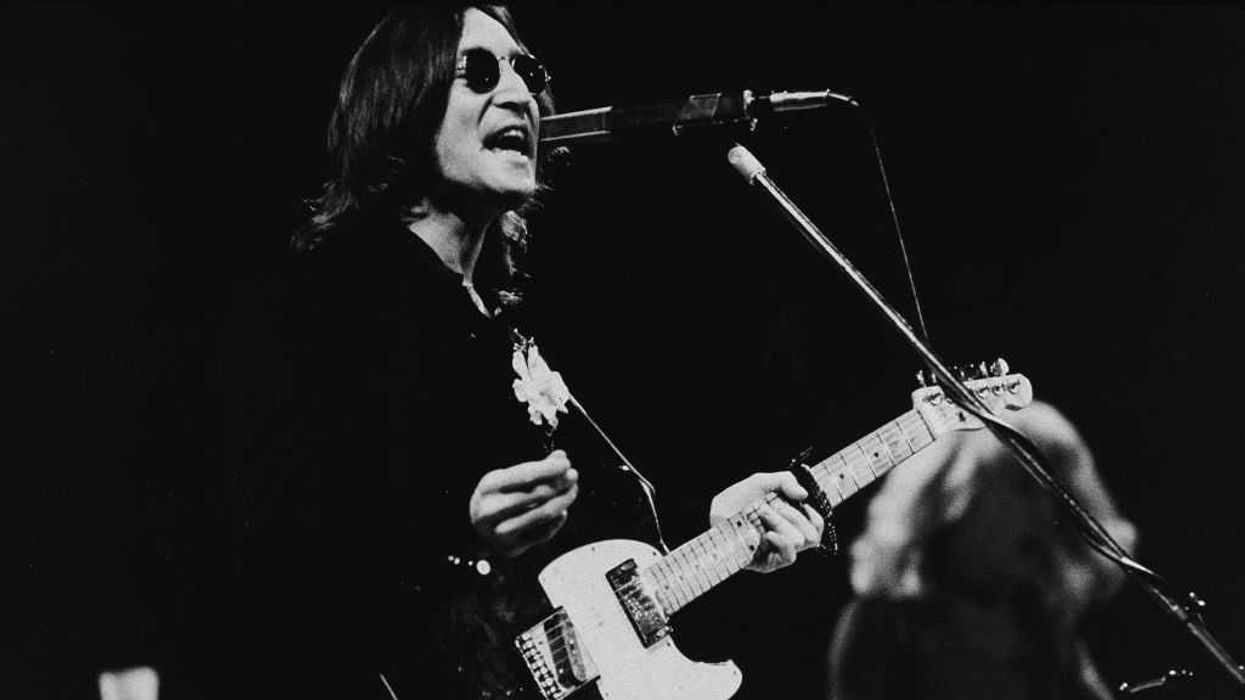Molineaux is co-publisher of The Fulcrum and president/CEO of the Bridge Alliance Education Fund.
Our nation feels fractured, if not shattered. Something has broken in us and between us. It will never be the same again. A few days ago, I was reminded of kintsugi, the Japanese art of repairing broken pottery through loving and tender craftsmanship. The artist uses gold accents to highlight what was broken and is now made whole.
The fractures become the means by which each piece of pottery becomes unique and valued. It reminds me of restorative justice, where families and communities are made whole following a tragedy.
Over the Fourth of July, I was honored to be part of another project of sacred repair. In the fall of 2020, artist Suzanne Firstenberg began a project to honor those who died due to Covid-19. The installation of “In America, how could this happen?” was simple: place a small white flag for each person who died. By word of mouth, people started hearing about this exhibit and showed up to help plant flags. Sometimes, they came to honor their own dead. Local news outlets sent cameramen to film the immensity of our loss. Standing in the sea of white flags, each representing a life lost, brought reality crashing in. Where the number of deaths reported in the news was easy to gloss over, the sheer volume of our loss was made visual. And standing amidst the flags, I wept.
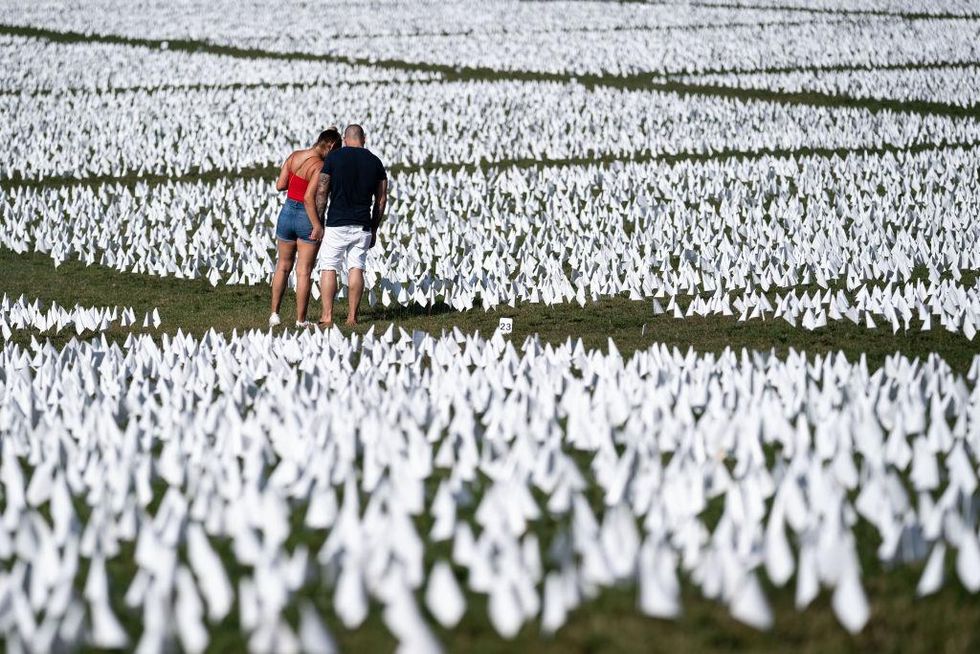 "In America, Remember" exhibit at the Washington Monument, September-October 2021. Getty Images
"In America, Remember" exhibit at the Washington Monument, September-October 2021. Getty Images
The initial space near RFK Stadium overflowed with flags representing 200,000 dead. Then 250,000. The exhibit ended before we reached 300,000 in December 2020.
In the fall of 2021, Suzanne presented at a space near the Washington Monument for a new exhibit, “ In America, Remember.” While using the same technique of planting a small white flag for each person, this version expanded on the concept by allowing anyone to log into a website to request a flag be placed for loved ones lost to Covid. Others traveled to Washington to participate. This exhibit lasted only 16 days. And in that time, over 660,000 flags were placed to remember our dead.
More than 20,000 of those flags had names or stories or letters to the loved one written on them. Professor Sarah Wagner from George Washington University partnered with Suzanne, providing a way to capture, archive and honor each individual flag and the intention behind it.
During my two days of deciphering and transcribing what was written on the flags, I felt a sense of sacred repair. With each note I read, each note I deciphered and transcribed, I felt like I was participating in kintsugi.
We hold people accountable for their actions. We should also hold ourselves accountable for the harm we’ve caused others. And then we lovingly seek to make the situation whole again. Not the same as it was, but whole with the new conditions of the current reality. We will never be what we were, but we can become whole again. And find the beauty in the process of repair.
How might we practice kintsugi with ourselves, with each other, with our nation?





